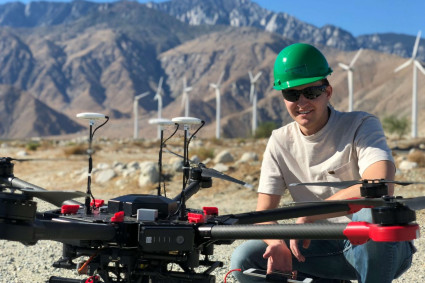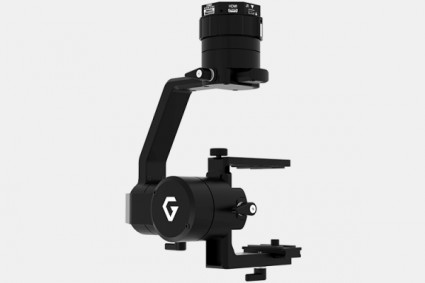
Introduction
Medical equipment plays a pivotal role in modern healthcare, enabling healthcare professionals to diagnose, treat, and manage various medical conditions effectively. From essential instruments like stethoscopes and thermometers to sophisticated imaging machines and life-saving devices, medical equipment has revolutionized the way medical care is delivered. In this article, we explore the evolution, significance, and advancements of medical equipment, highlighting how these tools have transformed healthcare and improved patient outcomes.
1. The Evolution of Medical Equipment
The history of medical equipment dates back centuries, with early medical practitioners using basic tools and devices to diagnose and treat illnesses. As scientific understanding advanced, so did medical technology. The 19th and 20th centuries witnessed significant breakthroughs, such as the invention of the X-ray machine by Wilhelm Roentgen in 1895 and the development of the first artificial pacemaker in the 1950s. Today, medical equipment encompasses a wide array of instruments, ranging from simple diagnostic tools to complex surgical machinery, all contributing to the progress of medical science.
2. The Significance of Medical Equipment in Healthcare
Medical equipment plays a critical role in healthcare by aiding medical professionals in accurate diagnosis, effective treatment, and patient monitoring. Diagnostic equipment, such as MRI and CT scanners, allows for non-invasive imaging of internal organs, leading to early detection of diseases and improved treatment planning. Surgical equipment, like robotic-assisted devices, enhances precision and reduces invasiveness during surgical procedures, leading to faster recovery times and better outcomes for patients.
3. Improving Patient Outcomes
The advancements in medical equipment have had a profound impact on patient outcomes. With the availability of advanced diagnostic tools, healthcare providers can detect diseases at earlier stages, leading to more successful treatment interventions. Additionally, state-of-the-art equipment used during surgeries reduces complications and shortens hospital stays, allowing patients to return to their daily lives sooner.
4. Enhanced Patient Safety
Medical equipment is designed with patient safety in mind. From infusion pumps that regulate medication doses to patient monitoring devices that track vital signs, these tools help ensure that patients receive the appropriate care and interventions, reducing the risk of medical errors and adverse events.
5. Supporting Medical Research and Innovation
Medical equipment is not only vital for patient care but also for medical research and innovation. Researchers use specialized equipment to study diseases, test new treatments, and develop cutting-edge medical technologies. Medical equipment also supports clinical trials, contributing to the development of novel therapies and medical breakthroughs.
6. Addressing Global Healthcare Challenges
Medical equipment plays a crucial role in addressing global healthcare challenges, especially in underserved and remote areas. Portable and easy-to-use diagnostic devices have improved access to medical care, allowing healthcare providers to reach more patients in need. Telemedicine, facilitated by medical equipment like video conferencing tools and remote patient monitoring devices, has revolutionized healthcare delivery, enabling remote consultations and monitoring of patients from a distance.
Conclusion
The evolution of medical equipment has been instrumental in shaping modern healthcare and revolutionizing patient care. From basic diagnostic tools to sophisticated imaging machines and life-saving devices, medical equipment continues to push the boundaries of medical science and enhance patient outcomes. As technology continues to advance, the potential for medical equipment to address global healthcare challenges and improve access to quality care becomes even more promising. Emphasizing the importance of medical equipment in healthcare reinforces the significance of ongoing research, innovation, and investment in these critical tools that have transformed the practice of medicine for the better. معدات طبية





